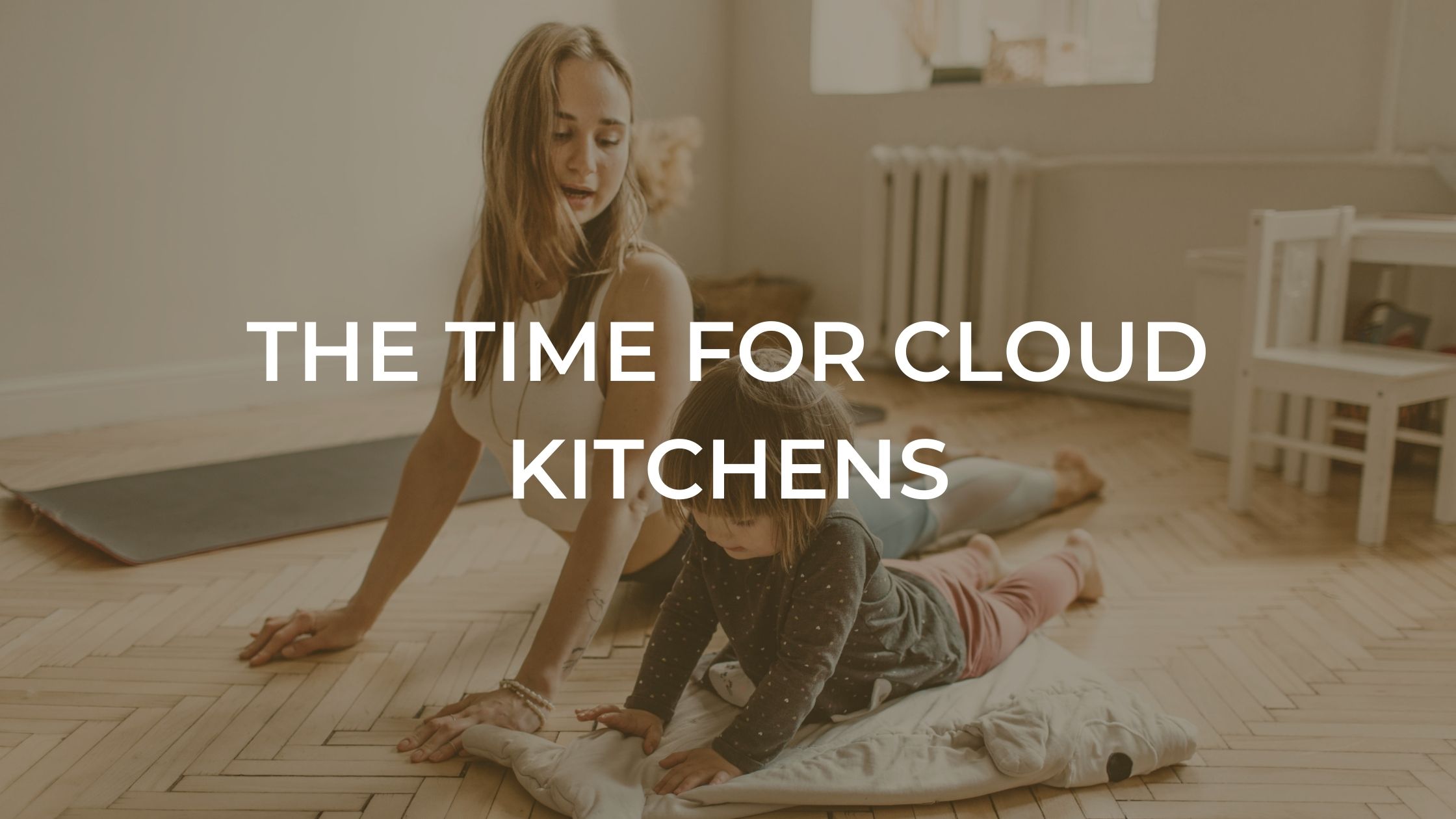The full-scale and long-term effects of restaurant closures in Indonesia are still unpredictable, even to veterans of the sector like Mullers. “We’ve never seen anything like it,” he says.
The Indonesian food-service industry had total revenues of US$41.3 billion in 2018, according to a report by MarketLine, a market intelligence platform. That’s way up from the 2013 revenue of US$1.5 billion for the sector cited by investment advisory firm Indonesia Investments. The firm also projected compounded annual growth rates for the sector to be at 7% until 2023—although this was a pre-Covid-19 assessment.
Innsovation’s Impact on the Foodservice Industry
With more people preferring to stay at home, a surge in demand for food delivery is an obvious outcome. Grab and Gojek claim to be on top of it, with their riders trained to exercise caution. But training doesn’t necessarily amount to tangible change in safety measures.
While the duo didn’t provide the specific numbers for their recent surge in delivery orders in Indonesia, we recently wrote about a similar phenomenon in Thailand—with apps hiring delivery personnel to meet order demand, and with restaurants queuing up to get on board.
But even if some dine-in restaurants manage to make the switch, overall, the supply side of food delivery will dwindle significantly in the coming weeks. This means more business for those who can continue to operate.
Cloud kitchens, for one, are coming in handy. Using them restaurants can save on expenses by renting cheaper spaces away from the most-frequented retail locations. This means they can sell meals at a lower cost and take advantage of the on-demand delivery surge.
With their hands in both the cloud kitchen and food delivery pies, Grab and Gojek are ideally positioned to realise the foodtech opportunity that the Covid-19 pandemic has created. Both have thousands of restaurant partners, ranging from street stalls to high-end eateries, on their apps, and also operate cloud kitchens.
But operating during a pandemic is a huge responsibility, and those who can operate cloud kitchens and other sustainable models, are under a heavy stress test.
The time for cloud kitchens
Cloud kitchens are usually not located in shopping centres or malls unlike many restaurants and cafes. This means they aren’t affected by the limited opening hours imposed on such establishments during movement restriction policies. They also require less staff as they don’t offer dine-in services.
By utilising cloud kitchens, restaurants can save on expenses by renting cheaper spaces away from the most-frequented retail locations. This means they can sell meals at a lower cost and take advantage of the on-demand delivery surge.
Grab’s cloud kitchen chain GrabKitchen has been functional in Jakarta since 2018. As of the end of 2019, the Singapore-based company had about 40 such cloud kitchens across the region.
Visits to a GrabKitchen in South Jakarta on 24 and 25 March bore testament to how this food delivery-cloud kitchen combo is thriving. Delivery drivers have gathered in force. Their motorbikes parked in a neat row, they mill around inside a green fence that encloses the area. The drivers are waiting for a man with a megaphone to call out their order numbers. Orders collected, they whizz off into the distance.
